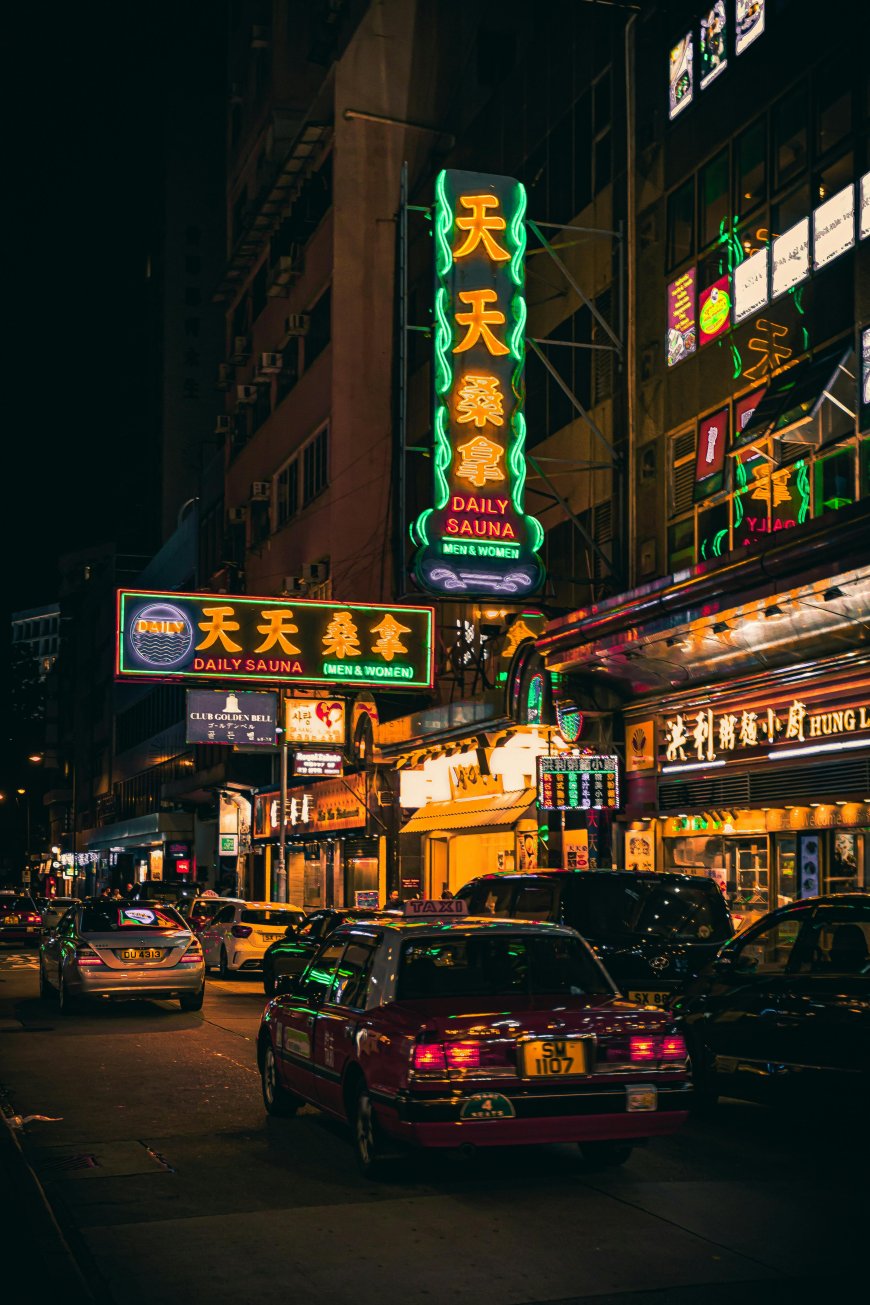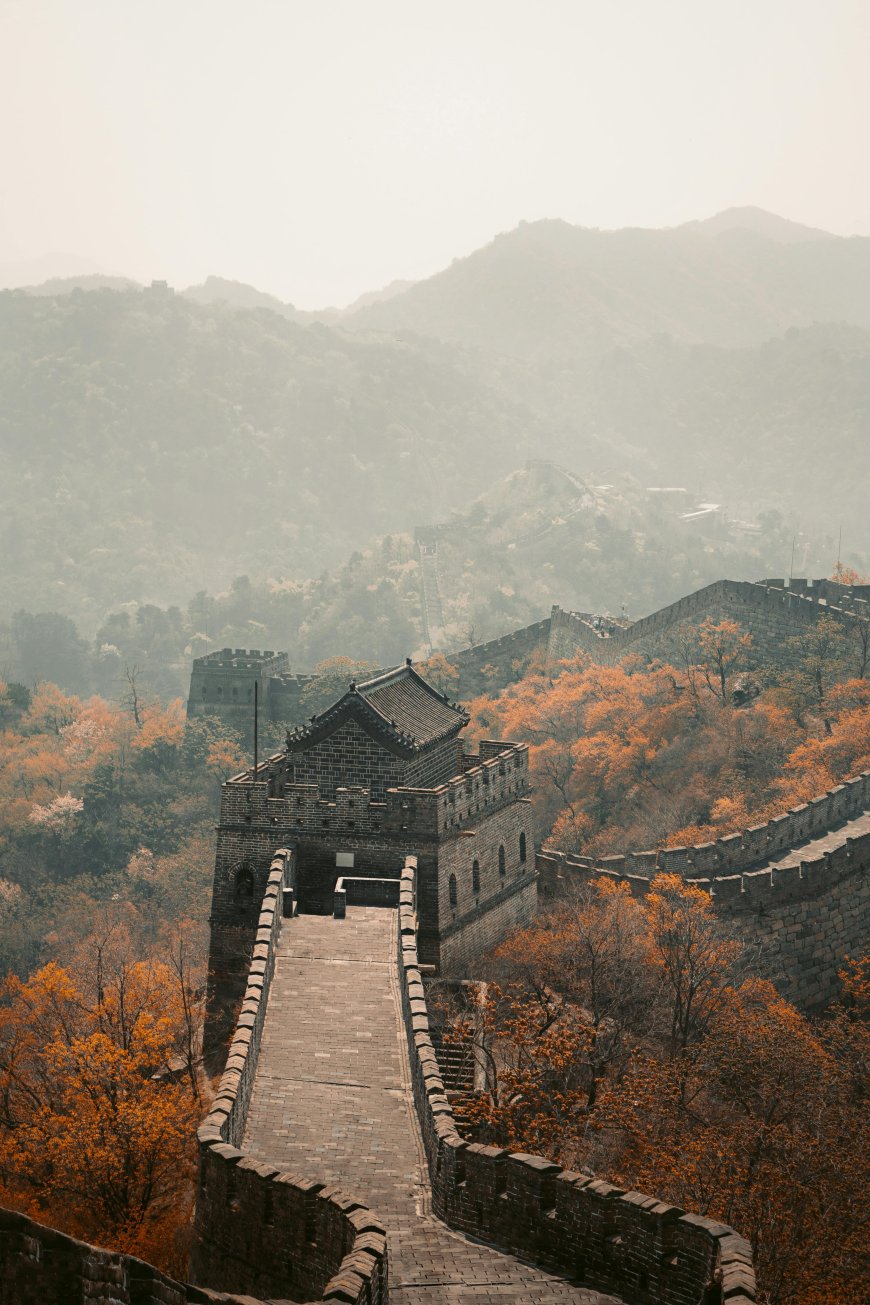China’s Economy: New Bets, Old Worries
China faces fresh risks as investors place new bets amid old economic worries. Here’s what’s shaping its fragile recovery.

Among the stream of gloomy headlines this summer, one in particular set off alarm bells across financial circles. A late July survey by China’s central bank revealed that public confidence in the job market had plunged to a record low. Within days, Morgan Stanley cut its index tracking social sentiment in China to levels unseen since the early days of the pandemic.
For global investors, business leaders, and policymakers in Washington, London, Ottawa, and Canberra, this was more than a domestic Chinese story. It was a reminder of how closely the world’s second-largest economy is intertwined with global supply chains, markets, and political risk.
China, it seems, is caught between new bets on recovery and old worries that refuse to fade.
A Fragile Recovery Meets Harsh Realities
The Chinese leadership has been eager to project an image of stability and resilience. But a series of lackluster economic readings tells a different story:
- Retail sales growth has slowed, revealing weak consumer confidence.
- Industrial output has failed to gain momentum.
- Real estate—once a pillar of China’s growth—remains deeply troubled, with major developers still struggling to meet obligations.
At a high-level government meeting earlier this month, Premier Li Qiang admitted that the property sector remains the single largest drag on the economy. The acknowledgment is striking: real estate has not only fueled China’s boom for decades but also underpinned household wealth. Its slowdown strikes at the heart of middle-class security.
Investors Place New Bets on Beijing’s Next Move
Despite the uncertainty, investors are not walking away. Instead, they are carefully placing new bets on where Beijing’s policy interventions will land next.
- Stimulus expectations: Markets are anticipating more targeted stimulus, from tax relief for households to credit support for struggling firms.
- Technology and AI: A growing belief that China will double down on tech self-sufficiency has drawn capital into semiconductor and AI-related industries.
- Green transition: With Western economies accelerating climate agendas, Beijing is expected to invest more heavily in renewables, batteries, and electric vehicles.
Yet each of these bets carries risk. Stimulus could reignite debt concerns, tech ambitions remain constrained by U.S. export controls, and the green push is vulnerable to oversupply and price crashes.

Old Worries Still Haunt the Market
If new bets fuel optimism, old worries quickly temper it.
1. The Jobs Conundrum
China’s job market is under severe pressure. Youth unemployment recently hit record highs, prompting authorities to stop publishing the statistic altogether. Behind the numbers lies a mismatch: millions of new graduates entering a workforce where tech companies, property firms, and exporters are cutting back.
2. Real Estate Drag
The housing sector remains an anchor on growth. Household wealth in China is disproportionately tied to property ownership. Falling prices are not only eroding savings but also feeding anxiety that future prospects are dim.
3. Weak Consumer Confidence
A persistent caution runs through the Chinese consumer base. Households, rattled by years of pandemic restrictions, appear unwilling to spend aggressively, preferring to save. This has left Beijing struggling to unlock domestic demand, a key goal of its long-term rebalancing strategy.
4. Geopolitical Overhang
From U.S. chip restrictions to tensions in the South China Sea, geopolitics continues to cloud investment decisions. Multinationals are diversifying supply chains, weighing risks that extend far beyond quarterly earnings.
Storytelling: The Mood on the Ground
In Shanghai, 26-year-old graduate Chen Li spends her mornings scrolling through job apps, often sending out dozens of applications in a day. “It feels like no one is hiring,” she said. “When my parents graduated, they had their pick of jobs. Now, even with a good degree, it’s hard to find anything stable.”
Her story reflects the broader anxiety captured in the central bank survey. For young workers, the old promise of endless growth no longer feels certain. For their parents, who invested in property as a guarantee of future wealth, falling home prices stir fresh unease.
This mix of frustrated youth and anxious households is precisely what worries policymakers in Beijing. Social stability has always been the unwritten contract between the Communist Party and the public. Cracks in that contract, even at the margins, carry outsized significance.
Global Implications: Why It Matters to the West
For audiences in the U.S., UK, Canada, and Australia, China’s economic path is not just an abstract headline. It has direct consequences:
- Supply chains: Weak Chinese demand reshapes global trade, especially in commodities like iron ore, copper, and energy.
- Inflation pressures: A slowdown in China could ease some price pressures globally, but supply disruptions may create new spikes.
- Investment exposure: Pension funds, hedge funds, and multinational corporations remain heavily tied to China’s performance.
- Strategic competition: A sluggish economy could fuel Beijing’s determination to assert itself in other arenas, from technology to geopolitics.
Beijing’s Balancing Act
The Chinese government faces a delicate challenge: stimulating growth without triggering fresh financial risks.
- Too much credit could inflate debt bubbles, particularly in the property sector.
- Too little support risks entrenching stagnation and eroding confidence further.
Beijing’s strategy so far has been incrementalism—a series of modest measures rather than a sweeping rescue package. This approach reflects caution but also raises doubts about whether policymakers fully grasp the scale of the problem.
The Road Ahead: Can Confidence Be Restored?
Ultimately, China’s recovery may hinge less on raw data than on psychology. Confidence—among households, businesses, and global investors—remains fragile. Without a clear narrative of stability, even bold stimulus measures may fall flat.
For now, Beijing is betting on a mix of green technology, advanced manufacturing, and cautious stimulus to rebuild momentum. Whether these new bets can outweigh the old worries will define not just China’s trajectory but also the global economic landscape in the years ahead.
Conclusion: A Nation at the Crossroads
The China Connection this summer offers a paradox: bold new bets on the future, set against persistent old worries that refuse to fade.
For the world’s second-largest economy, the stakes could not be higher. China’s choices will ripple through supply chains, markets, and geopolitics from New York to Sydney.
The question now is not just whether Beijing can reignite growth, but whether it can restore belief—the intangible but vital confidence that has long powered its rise.
FAQs
1. Why is China’s job market such a big concern?
Youth unemployment is at record highs, creating risks for social stability and long-term economic momentum.
2. How does China’s property slump affect the global economy?
China’s property sector drives demand for commodities like steel and copper. Its weakness impacts exporters worldwide.
3. What sectors are investors betting on in China?
Technology, green energy, and AI are attracting attention, though each faces structural challenges.
4. Could Beijing roll out a massive stimulus package?
So far, the government prefers smaller, targeted measures rather than a sweeping stimulus to avoid debt risks.
5. Why should Western countries care about China’s slowdown?
China’s economy influences global trade, inflation, and geopolitical dynamics, directly affecting Western markets and policies.
What's Your Reaction?
 Like
1
Like
1
 Dislike
0
Dislike
0
 Love
0
Love
0
 Funny
0
Funny
0
 Angry
0
Angry
0
 Sad
0
Sad
0
 Wow
0
Wow
0




































































